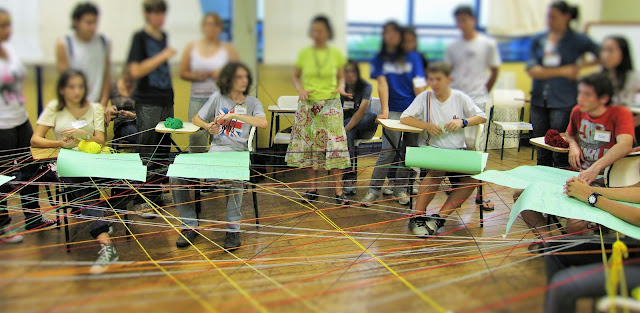Par Marli Santos // Traduction par Hedley Richards Quand les élèves sont encouragés et qu’ils ont confiance en ceux qui les guident, ils participent volontiers aux activités expérientielles difficiles, et ce, avec curiosité, engagement et allégresse. Je raconte ici une expérience en tant que facilitatrice d’un atelier d’éducation relative à l’environnement offert aux élèves en 2 e et 3 e année, âgés de 15 à 17 ans, d’une école technique publique de Campinas (État de Sao Paulo, Brésil). C’est un après-midi chaud et ensoleillé d’automne 2012. Le ciel limpide, d’un bleu indigo à couper le souffle, reflétait la beauté des divers tons de vert de la végétation exubérante qui entourait l’école. Pour moi, c’était une invitation presque irrésistible de la nature à porter les activités éducatives à l’extérieur de la salle de classe, à l’éducation en plein air. L’architecture du bâtiment de l’école ressemblait à celle d’innombrables autres écoles publiques — construction ...





